Patagonia, Inc. was the sponsor for this project brief and provided materials to aid in research testing and prototyping. Currently, there are no garments/products on the market that combat interference with avalanche beacon effectiveness and/or boost the beacon’s signal. Traditionally, avalanche beacons are worn on the chest. Due to the trending pant placement of avalanche beacons, further examinations and comparison of the beacon’s placement is needed to help inform which placement is best for the beacon’s signal and security. Our team worked to develop garments that minimize inference and/or “boost” an avalanche beacon’s signal for back-country winter sport use. Our final Emergency Avalanche Transceiver Garment was designed to be a possible main shell layer used by skiers and snowboarders in the back-country that would provide an all-in-one solution as an avalanche beacon harness and jacket.

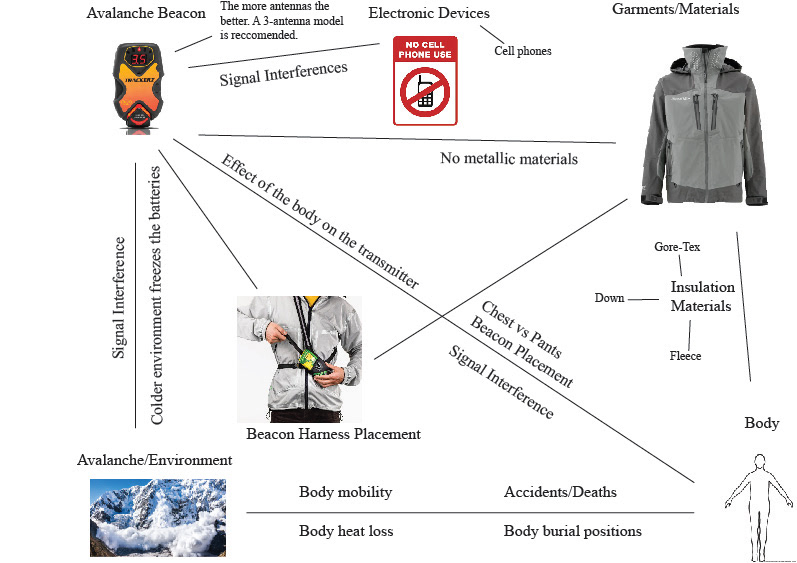

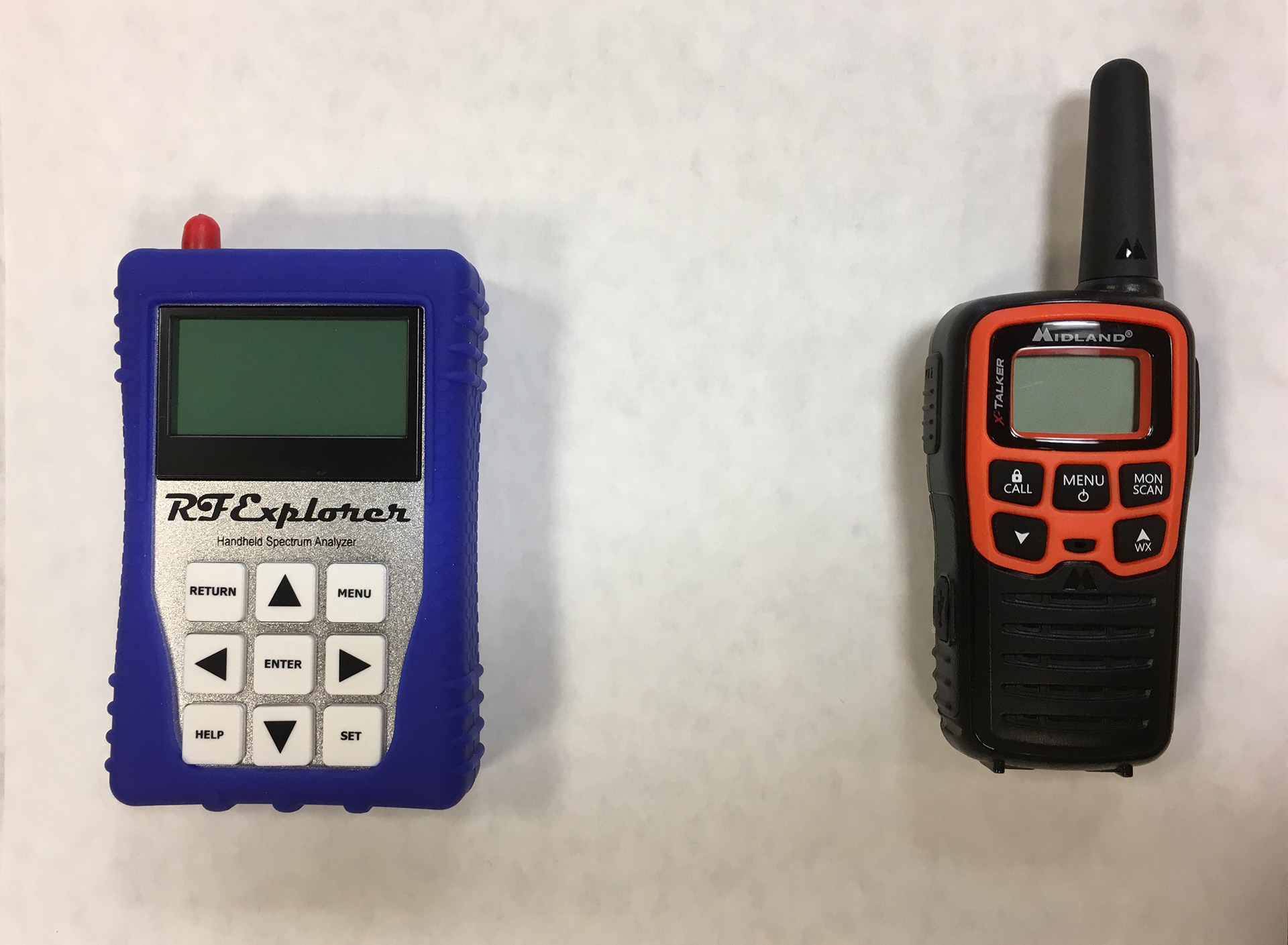
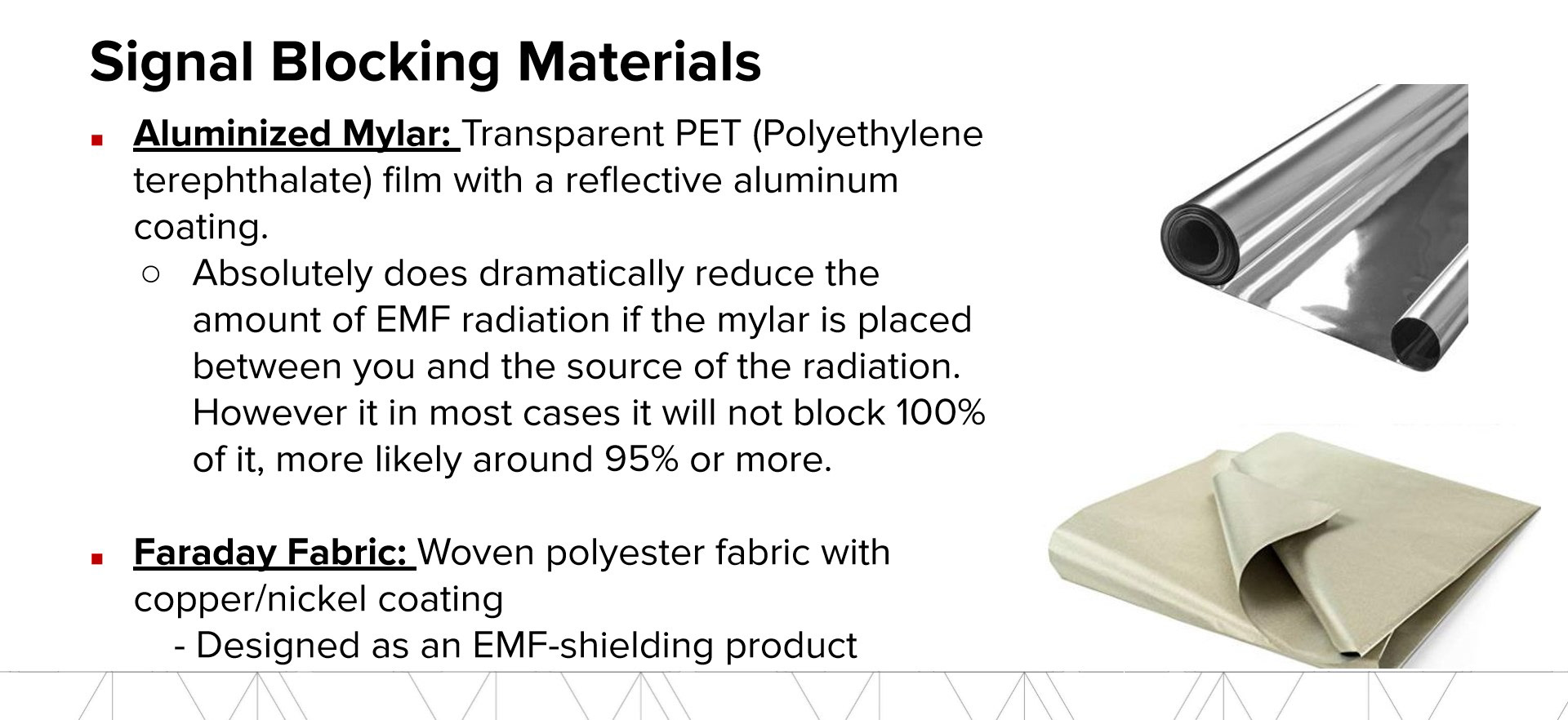
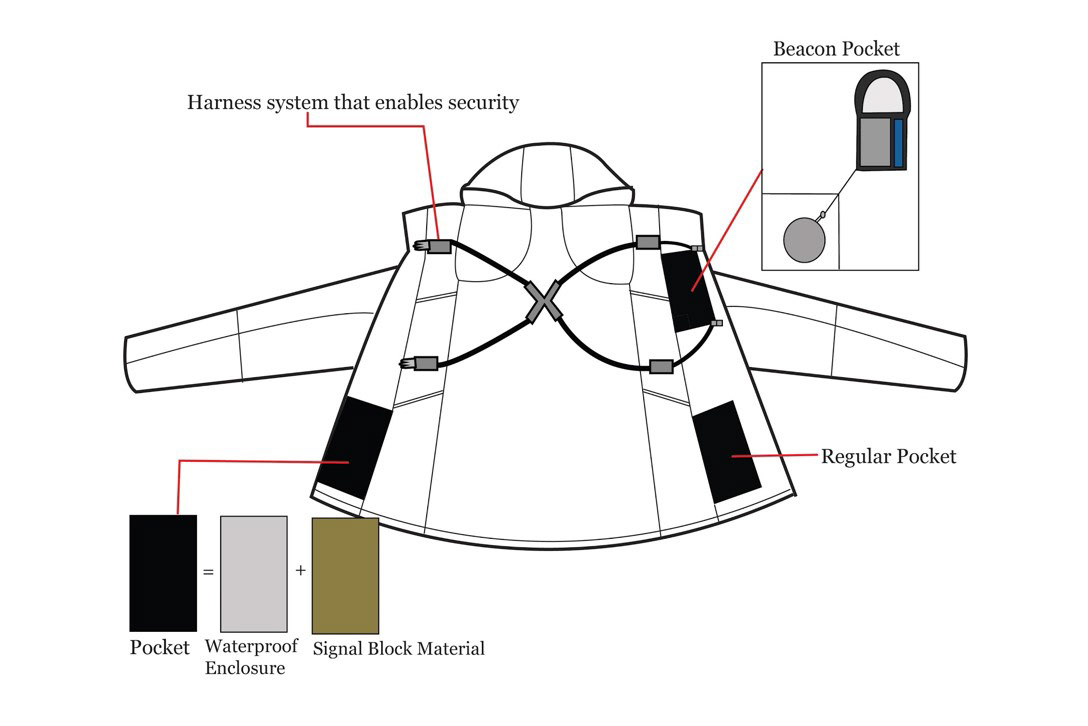
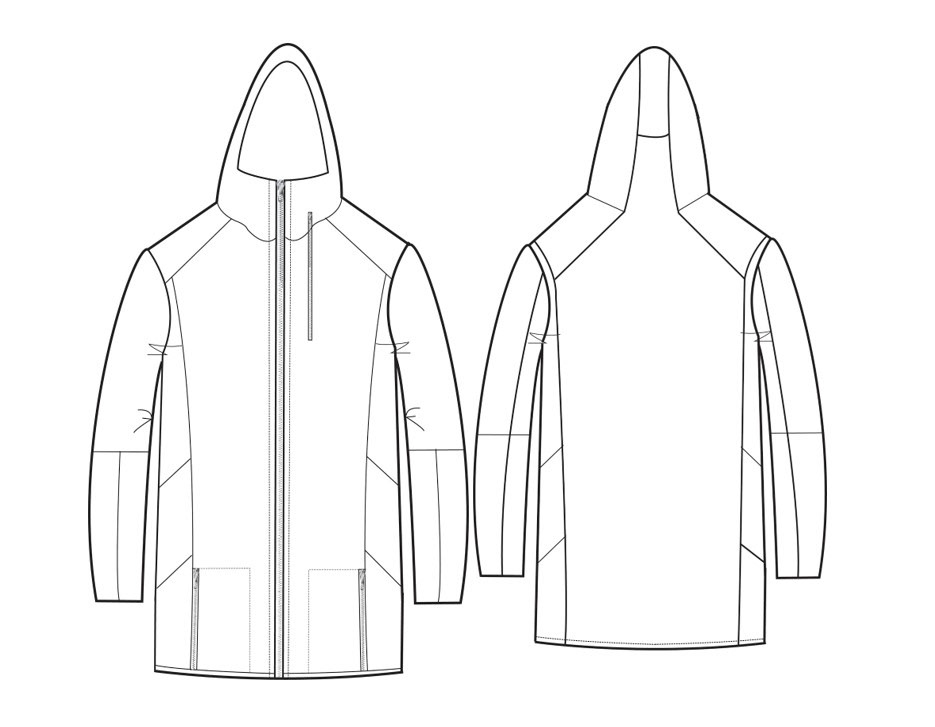
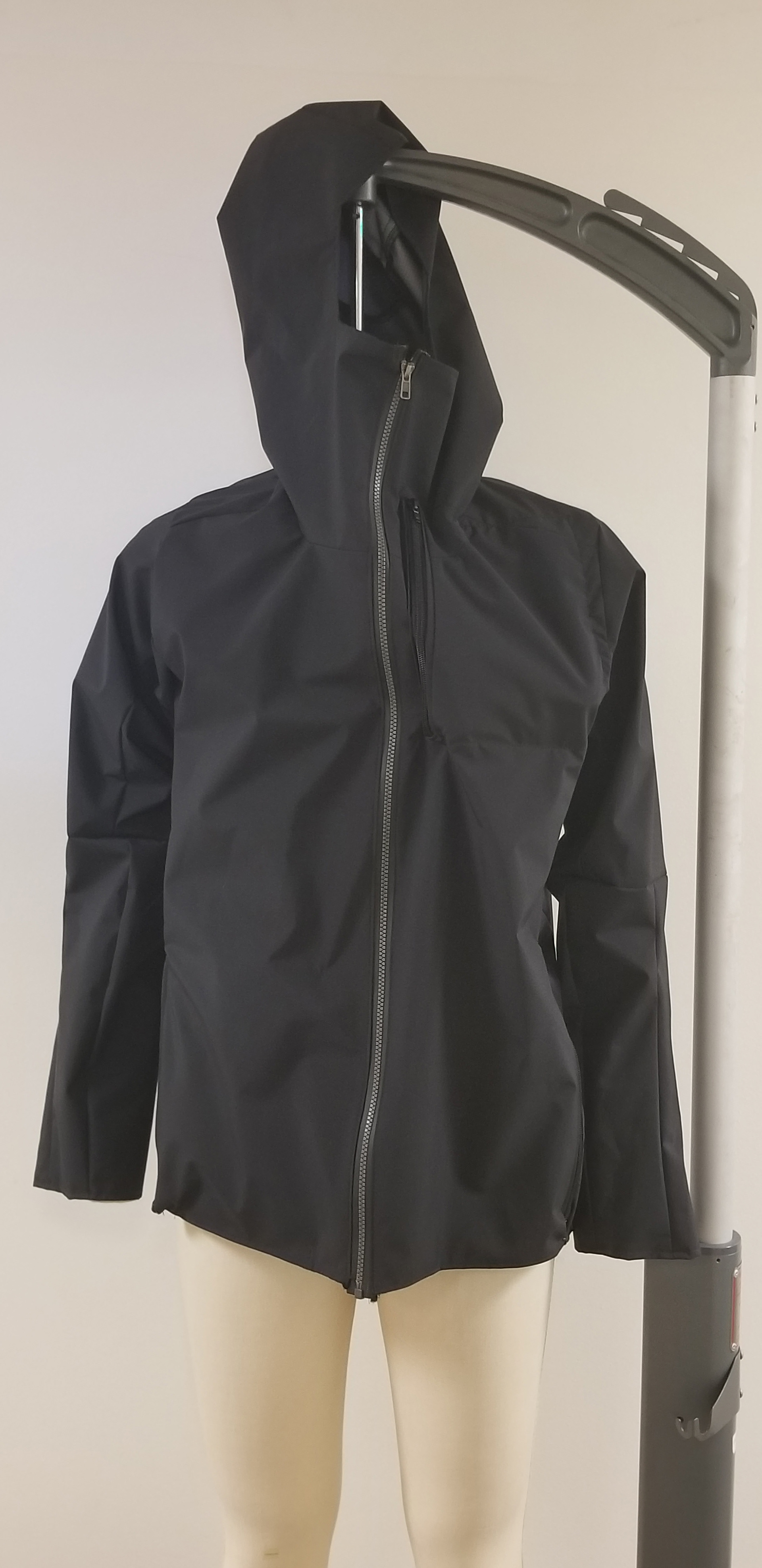
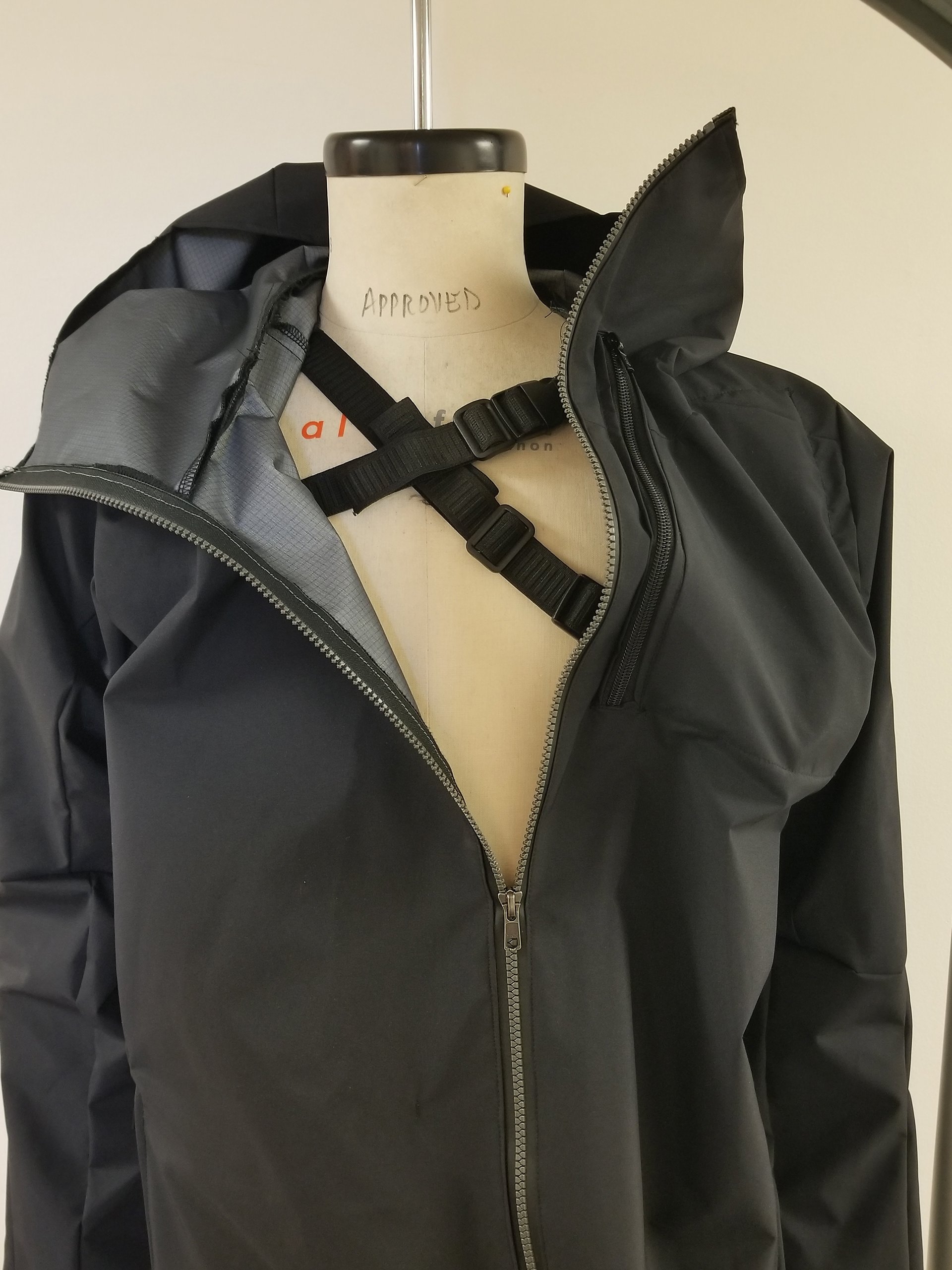
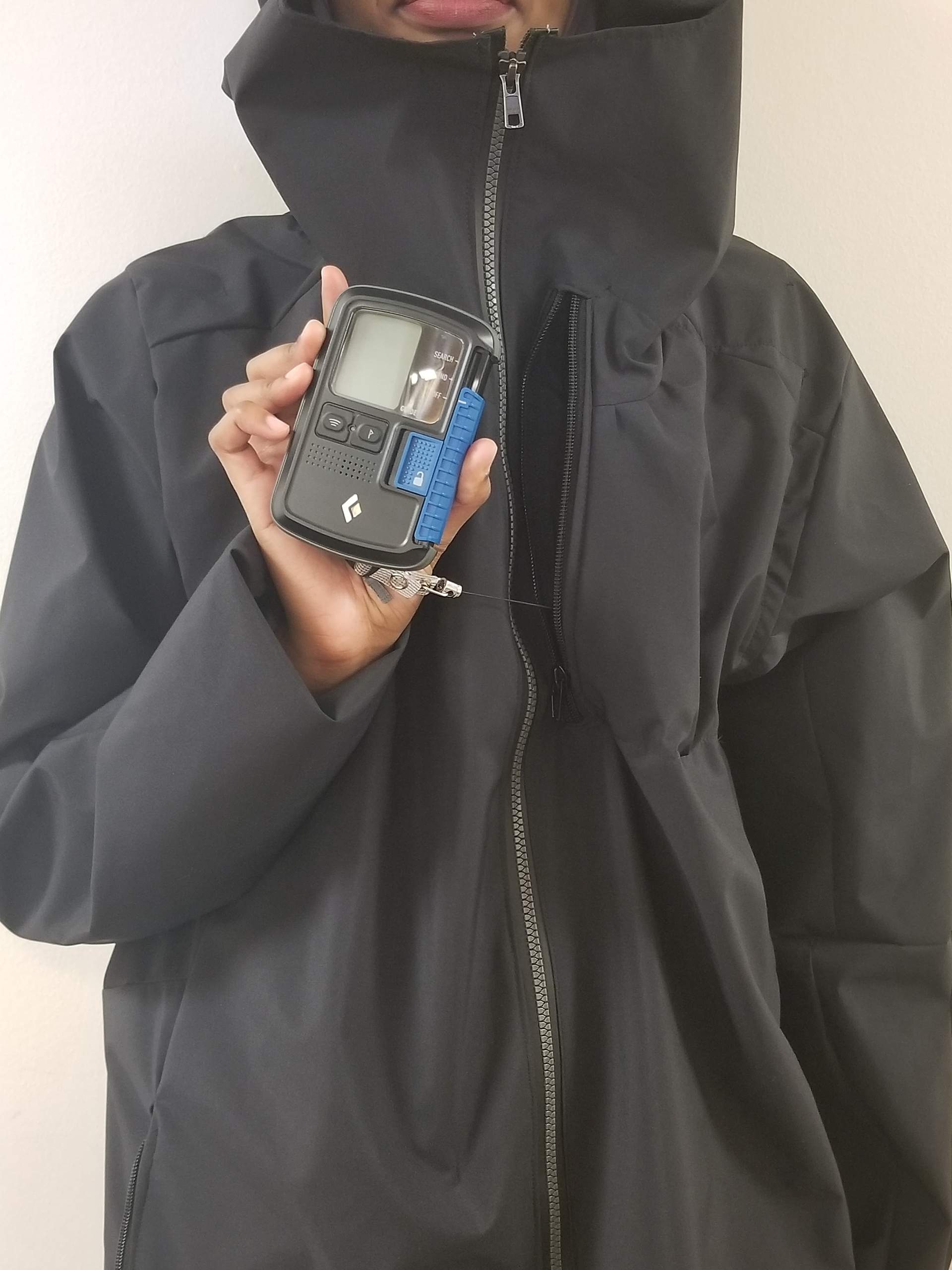

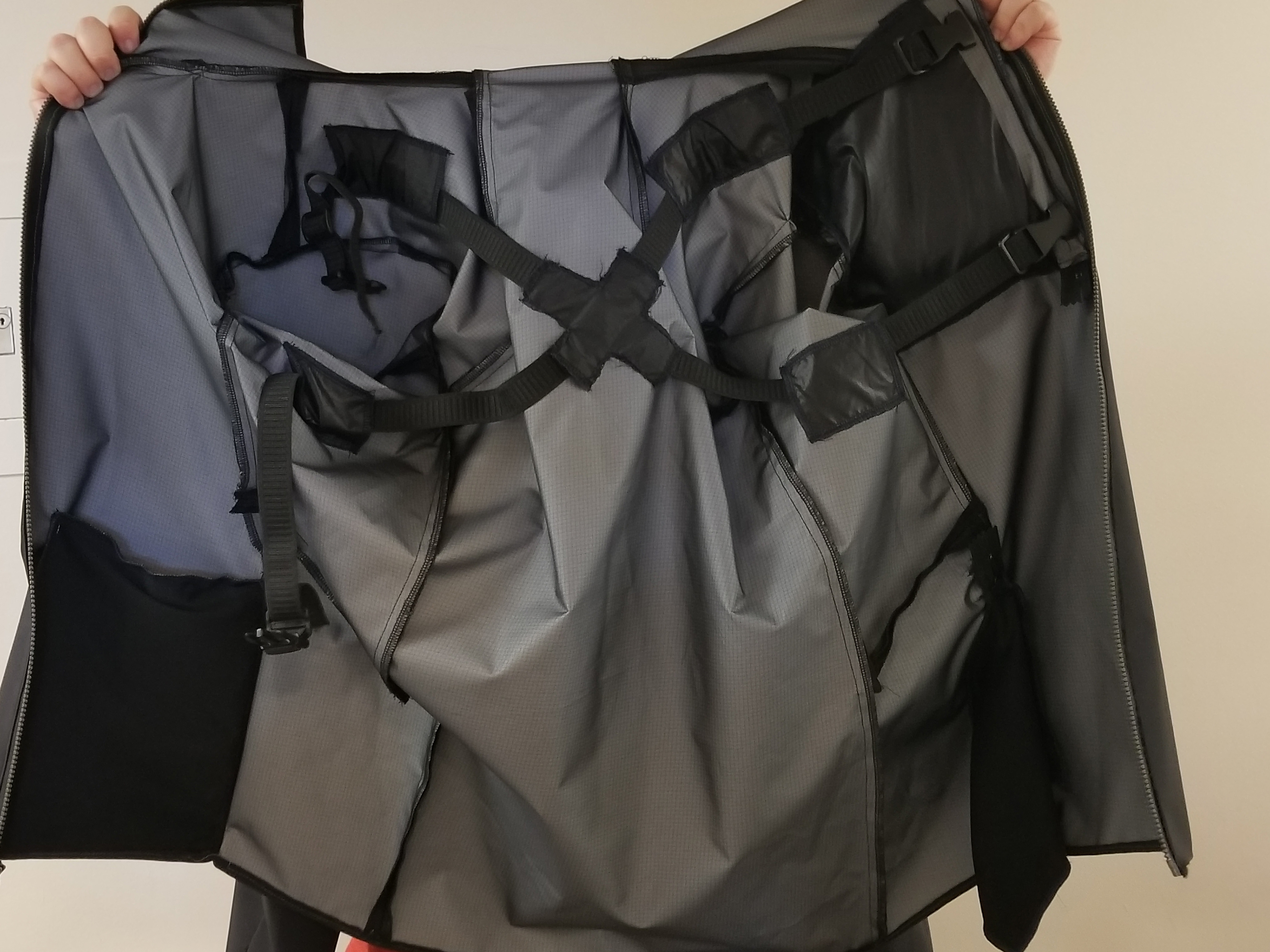
Our final jacket shell prototype features a designated avalanche beacon pocket on the upper left chest area. That pocket includes a retractable badge reel attached to the beacon and pocket for extra security. There are two lower side seam pockets. The one on the right side is designated for blocking cell signals that might inhibit the beacon’s effectiveness. All of the pockets are closed with zippers and there is a center front zipper on the jacket. On the inside there is an integrated harness system to keep the beacon pocket and jacket secure on the body. This is through using adjustable elastic straps and plastic buckle clips
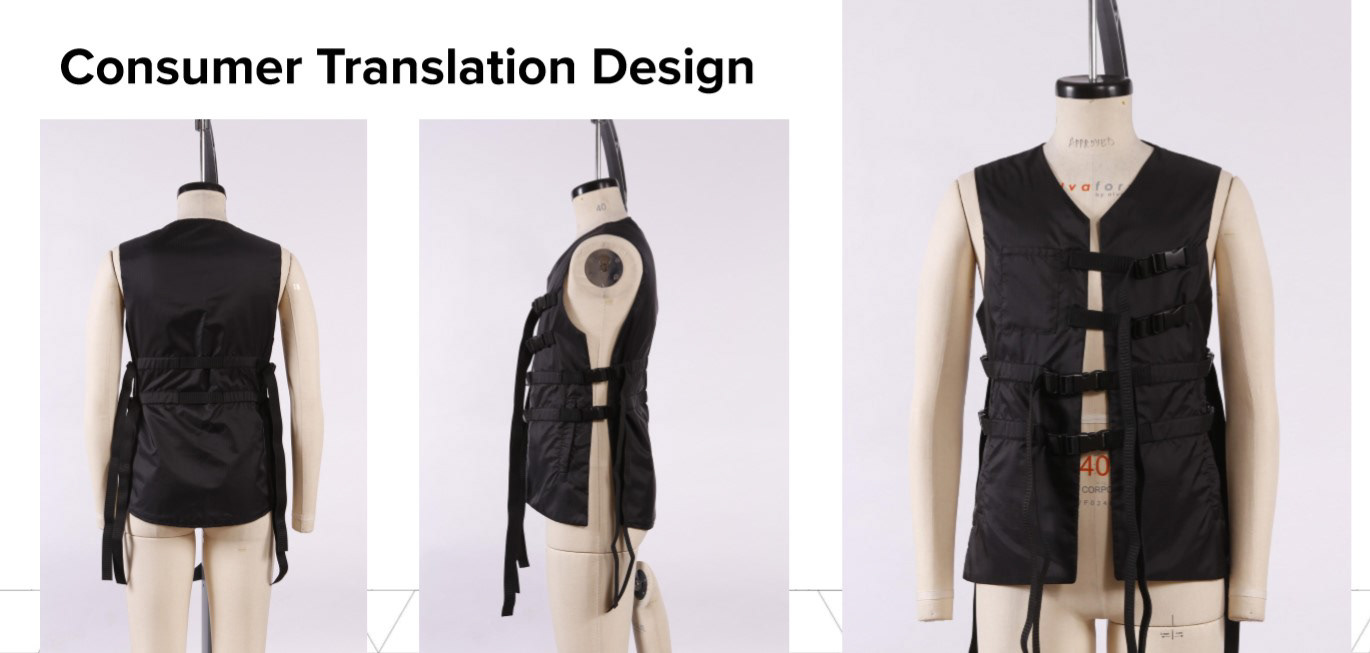

In addition to our jacket design, we created a consumer translation design. This vest includes the secure and adjustable elastic harness fastening from our jacket, along with the retractable badge reel attachment. The intended purpose was to create a fashionable streetwear inspired garment for outdoor activities that had the essence of our jacket in both function and aesthetics, but could be used by a wider audience, therefore it is unisex and seasonless. Materials used include black lightweight nylon ripstop, elastic straps, buckle clips, and a badge reel. Fabric was required to give the user the most adaptability in changing the size via the strap adjustments. The fabric was light enough but sturdy enough to move with the body.
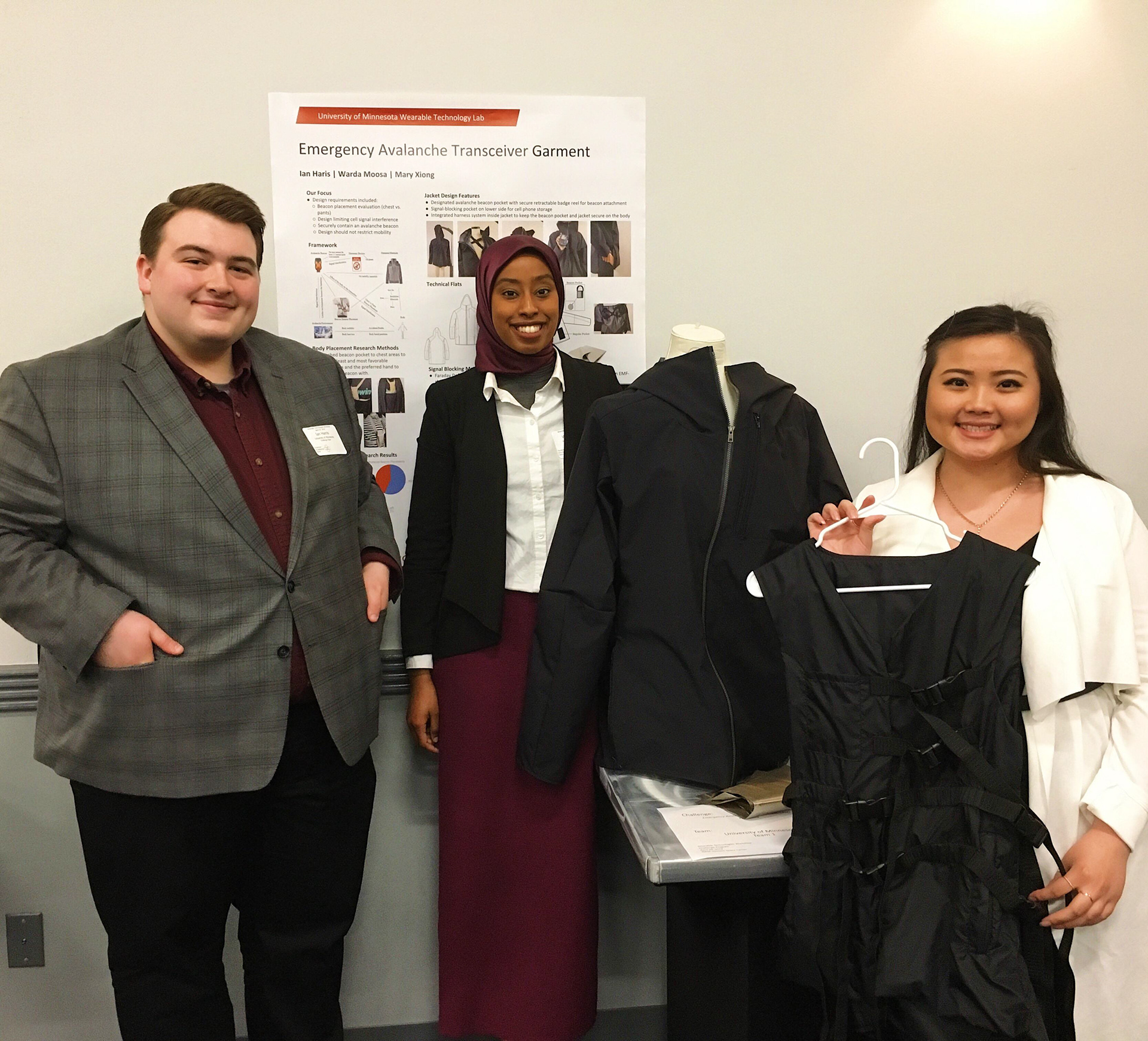

Our team had the opportunity to present our project at the annual NASA Wearable Technologies Research Symposium in April 2019 at Johnson Space Center in Houston, Texas. Additionally, we won first place in the Advanced Textiles Student Design Competition sponsored by International Fabrics Association International. In October 2019, we presented our project to the industry at the 2019 IFAI Expo in Orlando, Florida.